Christmas Fudge: The Real Traditional Recipe
Christmas is a time for celebration, family gatherings, and indulging in delicious treats. One of the most cherished sweets of the season is the traditional Christmas fudge. This rich, decadent concoction is not only a staple during festive celebrations but also evokes a sense of nostalgia and warmth. This article aims to delve into the intricate details of crafting the perfect Christmas fudge, ensuring your holiday season is filled with sweetness and delight.
Why is Chocolate used in Christmas Fudge?
The Benefits and Culinary History of Chocolate
Chocolate is the primary ingredient in most fudge recipes, and its history is as rich as its flavor. Originally discovered by ancient civilizations in Central America, chocolate was revered not only for its taste but also for its health benefits. Rich in antioxidants and flavonoids, chocolate can offer various health advantages, including improved heart health and enhanced mood. Its luxury status in culinary applications has persisted through the ages, making it an essential element in festive desserts like Christmas fudge.
Possible Alternatives to Replace Chocolate
For those who may have dietary restrictions or preferences, there are alternatives to traditional chocolate. Carob powder, for instance, can be a suitable substitute, offering a cocoa-like flavor with a sweeter profile. Additionally, vegan chocolate options or white chocolate can be utilized to create unique flavor profiles while accommodating various dietary needs.
Ingredients in Christmas Fudge
Basic Products
Creating an authentic Christmas fudge involves a few essential ingredients. The base typically includes:
- Chocolate (dark or milk): Around 2 cups, chopped or in chips.
- Sweetened condensed milk: 1 can, as a binder for creaminess.
- Butter: 1 tablespoon, which enhances the smooth texture.
- Vanilla extract: 1 teaspoon to deepen the flavor profile.
Essential Seasonings or Add-ins
Aside from the base ingredients, various flavors can elevate the fudge to new heights. Popular add-ins include:
- Nuts: Chopped walnuts or pecans introduce a delightful crunch.
- Dried fruit: Cranberries or cherries add bursts of sweetness and tanginess.
- Sea salt: A sprinkle on top can balance the sweetness and enhance flavors.
Preparation of Christmas Fudge
Creating the perfect Christmas fudge is a straightforward yet rewarding process. Follow these steps to ensure delectable results.
Step 1 – Preparing the Ingredients
Begin by gathering all ingredients. Ensure the chocolate is chopped into uniform pieces for even melting. Measure out the sweetened condensed milk and butter, and prepare any add-ins you plan to use, chopping nuts and fruits if necessary.
Step 2 – Pre-Cooking or Special Preparation
In a heavy-bottom saucepan, combine the sweetened condensed milk and butter over medium heat. Stir consistently until the mixture is thoroughly combined and begins to simmer, ensuring it does not stick to the bottom of the pan.
Step 3 – Mixing and Assembling
Once the butter has melted completely, remove the pan from the heat and add the chopped chocolate. Stir until the chocolate is fully melted and the mixture is smooth. If adding nuts, fruits, or other flavorings, fold them in at this stage.
Step 4 – Cooking and Finishing
Pour the fudge mixture into a pre-greased or lined baking dish, spreading it evenly with a spatula. Allow it to cool at room temperature, then refrigerate for several hours until set. Once firm, cut the fudge into squares and, if desired, top with a light sprinkle of sea salt.
Variations and Adaptations of Christmas Fudge
While the traditional recipe is beloved, there are numerous variations to suit different tastes and dietary needs.
Regional or Traditional Version
In various cultures, fudge takes on unique forms. For instance, in the southern United States, peanut butter fudge is a popular variation, adding a nutty richness to the conventional chocolate base.
Modern or Revisited Version
Modern adaptations include gluten-free or vegan versions using alternative ingredients like coconut milk or dairy-free chocolate. These innovations cater to contemporary dietary preferences while preserving the original essence of the dessert.
Adaptations to Suit Your Tastes
As with any recipe, personal preferences can lead to delightful adaptations. For a lighter option, consider using reduced-fat condensed milk or incorporating spices such as cinnamon or nutmeg to enhance the overall flavor while keeping it festive.
Frequently Asked Questions about Christmas Fudge (FAQ)
Q1: How do I store Christmas fudge?
A1: Christmas fudge can be stored in an airtight container at room temperature for up to a week or in the refrigerator for longer freshness.
Q2: Can I freeze Christmas fudge?
A2: Yes, Christmas fudge can be frozen. Wrap individual pieces in cling wrap and place them in an airtight container or freezer bag. It can last for up to 3 months in the freezer.
Q3: What can I use if I don’t have sweetened condensed milk?
A3: You can make a substitute by combining 1 cup of milk with 1 cup of granulated sugar, cooking over low heat until thickened, or use evaporated milk with additional sugar.
Q4: Can I make Christmas fudge without chocolate?
A4: Absolutely! You can explore recipes that use peanut butter, butterscotch, or caramel, creating a unique fudge that deviates from the classic recipe.
Q5: How do I know when the fudge has set?
A5: The fudge is set when it feels firm to the touch and can easily be cut into squares without falling apart.
In conclusion, Christmas fudge is more than just a sweet treat; it encapsulates familial love, tradition, and the joyous spirit of the holiday season. With its variety of ingredients and adaptations, this delightful confection remains a staple in countless households. Whether prepared traditionally or with a contemporary twist, it provides a sense of comfort and celebration to all who indulge. Happy holidays and happy fudge making!

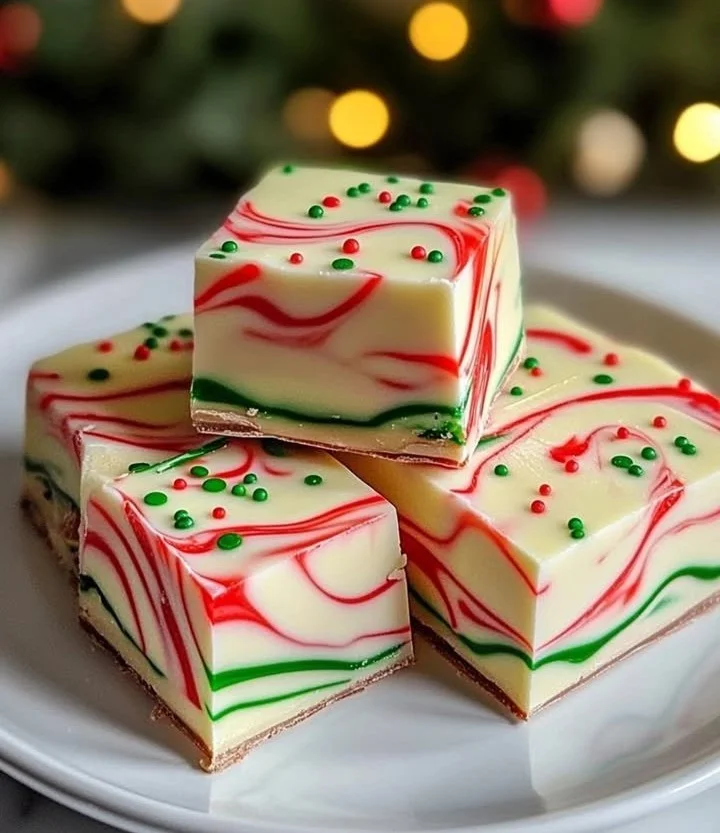


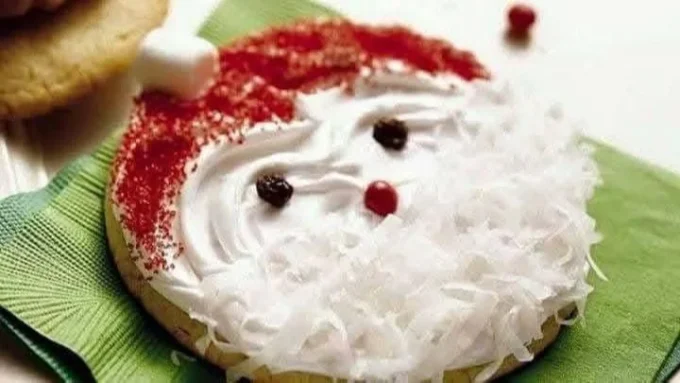
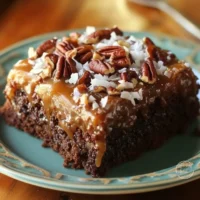

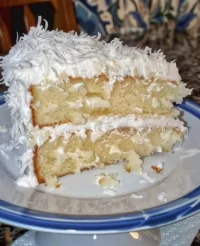

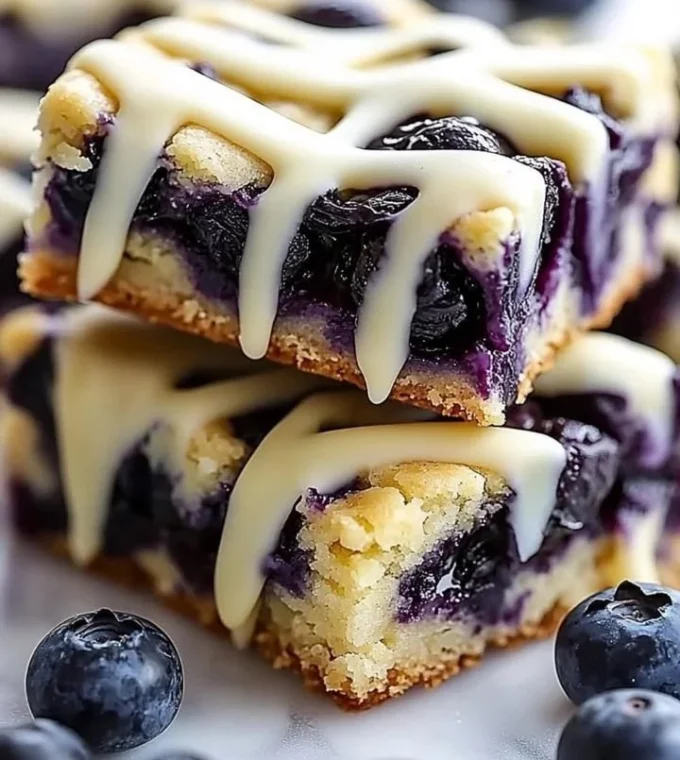
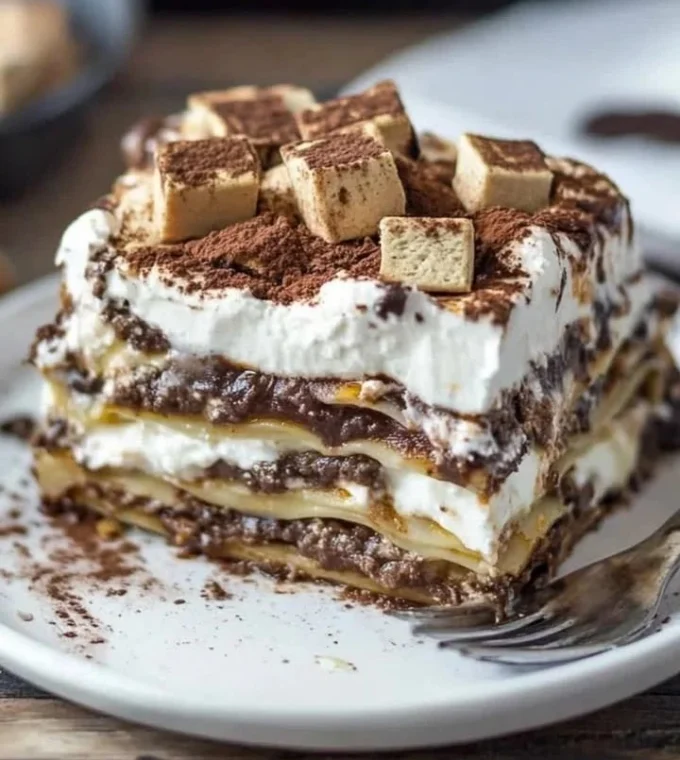
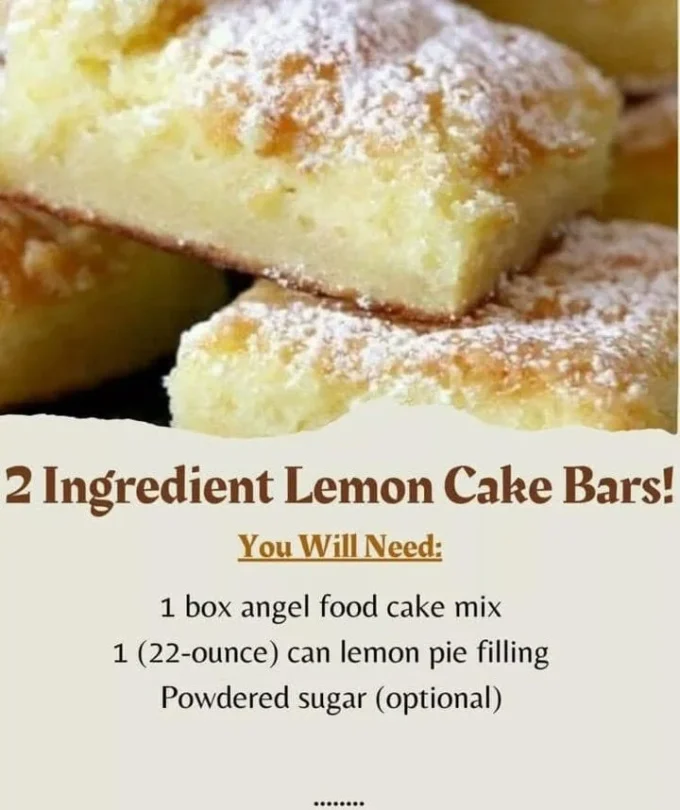
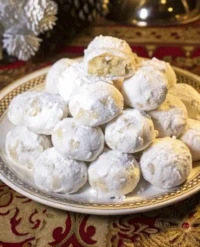

Leave a comment